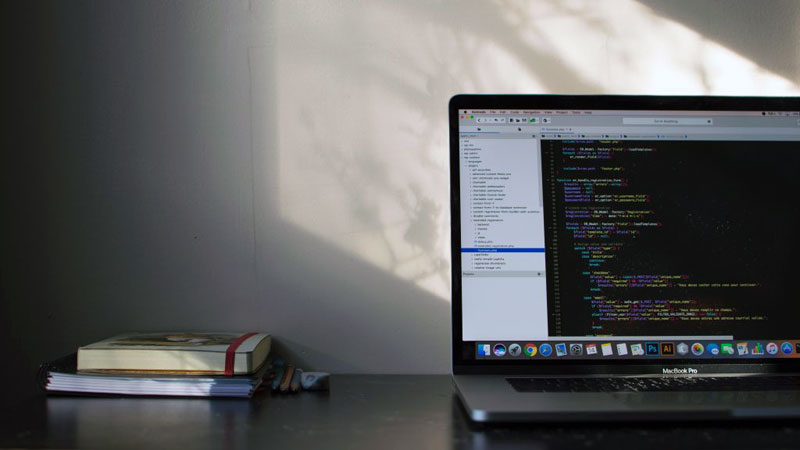
How We Build Websites
Allegedly there are many ways to skin a cat. I've no idea if that's true, and I don't wish to find out. But I do know there are many ways to build a website.
Many opt for the WordPress approach, which for reasons discussed here isn't all it's cracked up to be. Sites created this way are typically called "dynamic websites".
Some put the time and effort in themselves and go the Wix DIY route. With the results often being weak with a poor user experience.
And then there are hand-coded sites. Painstakingly created by a talented coder who will write thousands and thousands of lines of code. These can be blisteringly fast and frighteningly expensive. Good coders charge upwards of £100 per hour. And it can take tens of hours to produce the finished product.
And finally, you have desktop editors. These will typically use a pre-existing codebase (UIkit, Bootstrap etc.) and allow the designer to pick and mix various elements (navigation menus, image sliders, content blocks etc.). Once all the elements are on the page, they arrange and style everything, so everything works and looks just right.
All this is done on the designer's computer. During the build process, nothing exists online; it's all on their computer. Then once it's all done, or at various stages in the process, the desktop editor turns what the designer has created into website code and publishes it to the internet. These types of sites are typically called "static websites".
This is how we do things: Desktop editors.
Each method of website creation has its merits and its drawbacks. WordPress is cheap and fast, but as everything happens "in the cloud", the sites it produces tend to be slow and vulnerable to hacking attacks. Whereas the only thing a desktop editor site puts online is a load of code, so there is nothing to hack, and being code-based, they are usually very fast.
The other primary consideration is that as WordPress type sites exist in the cloud, anyone can edit and update them. But with a site created using a desktop editor, the only person who can update them is the person in front of the computer, to an extent.
Although we prefer the desktop editor approach to website creation, we understand that some people want to update their site themselves.
Maybe they want to be able to make blog posts or add products to an online store. Or change some of the text and images on their homepage.
That's why we use various "plugins" to add "dynamic content" to the websites we create. Meaning you end up with the best of both worlds: A fast and secure static website with sections that you can manage yourself.